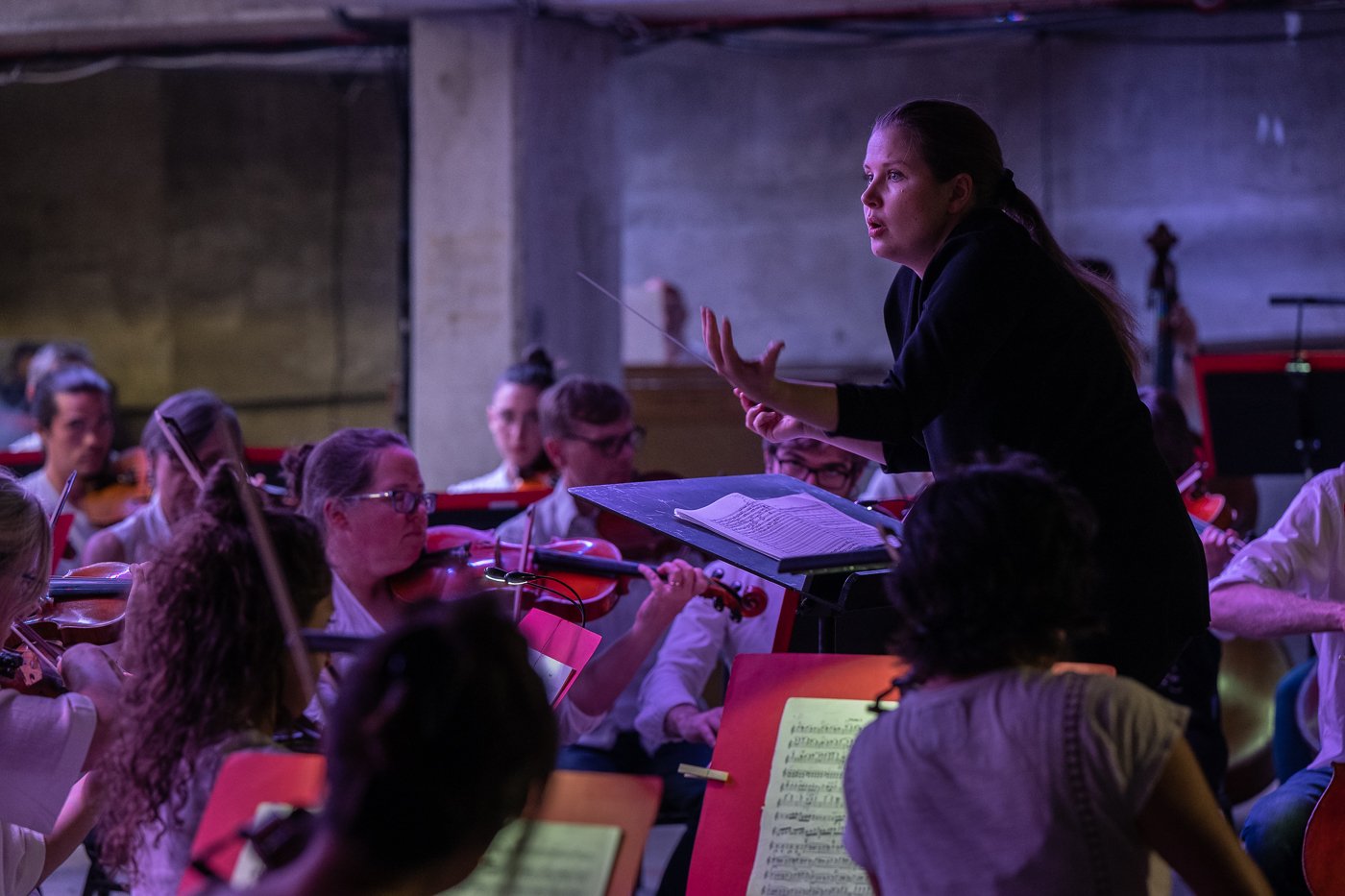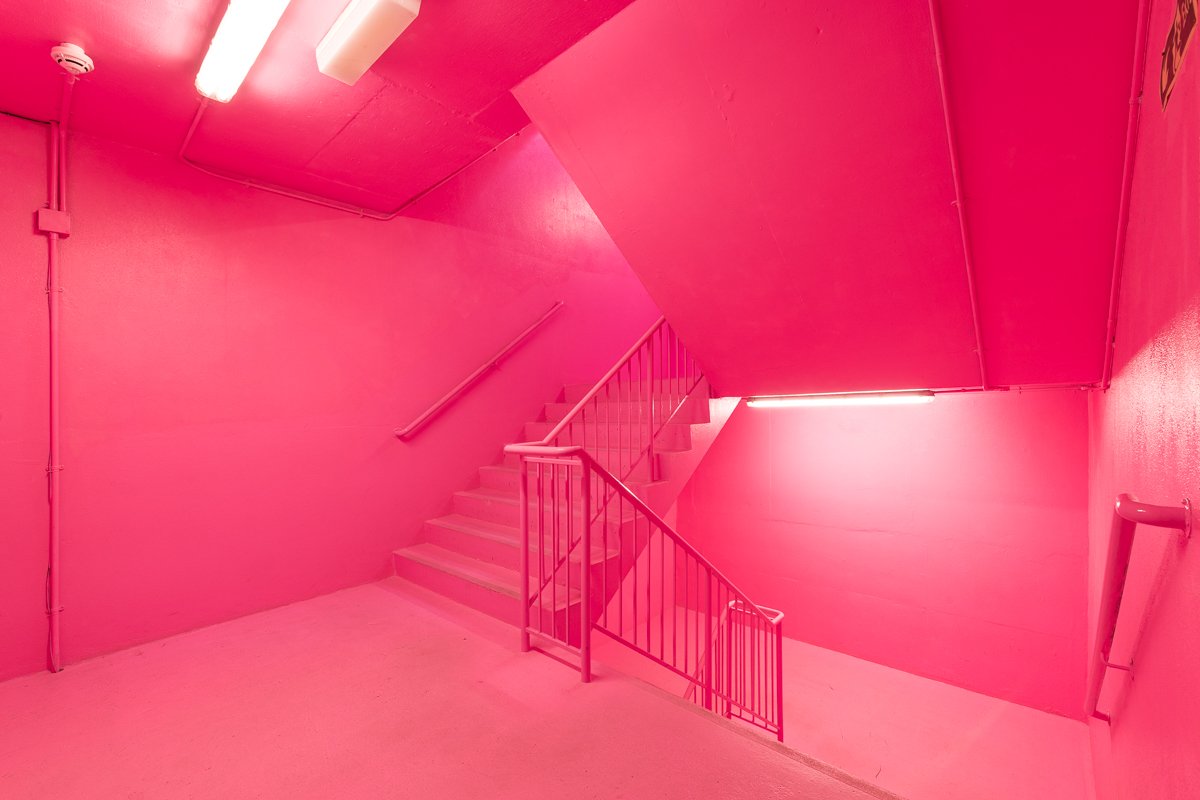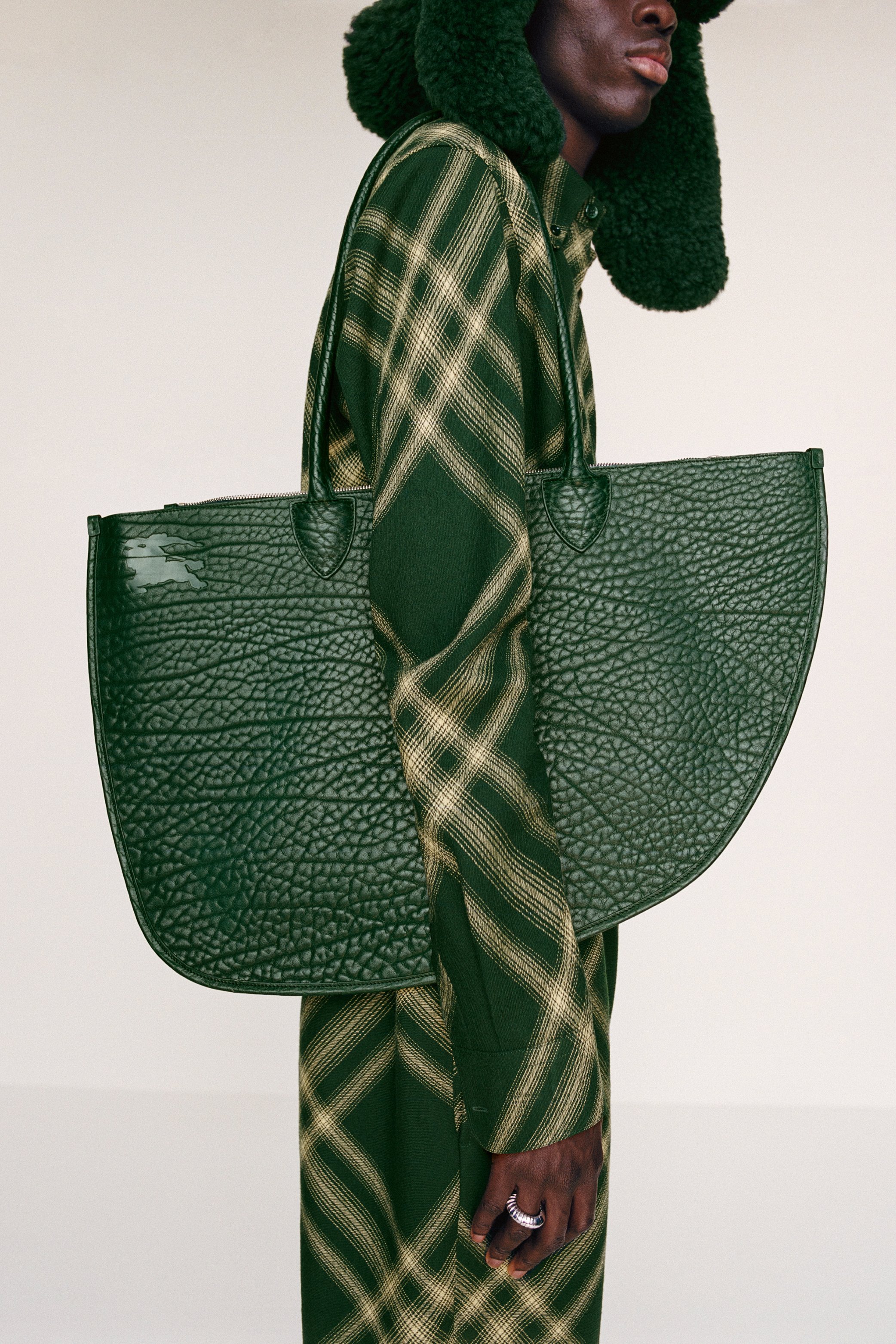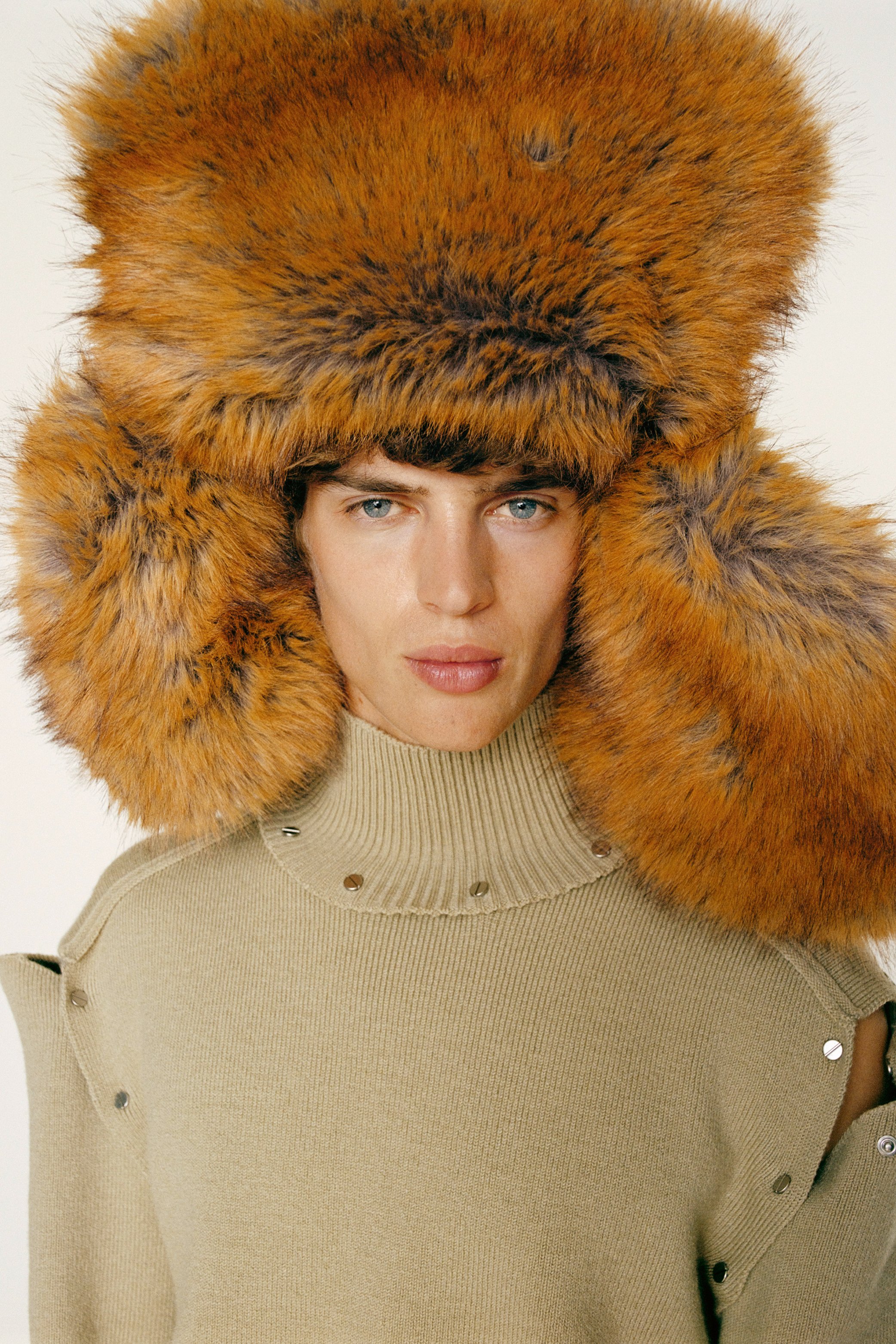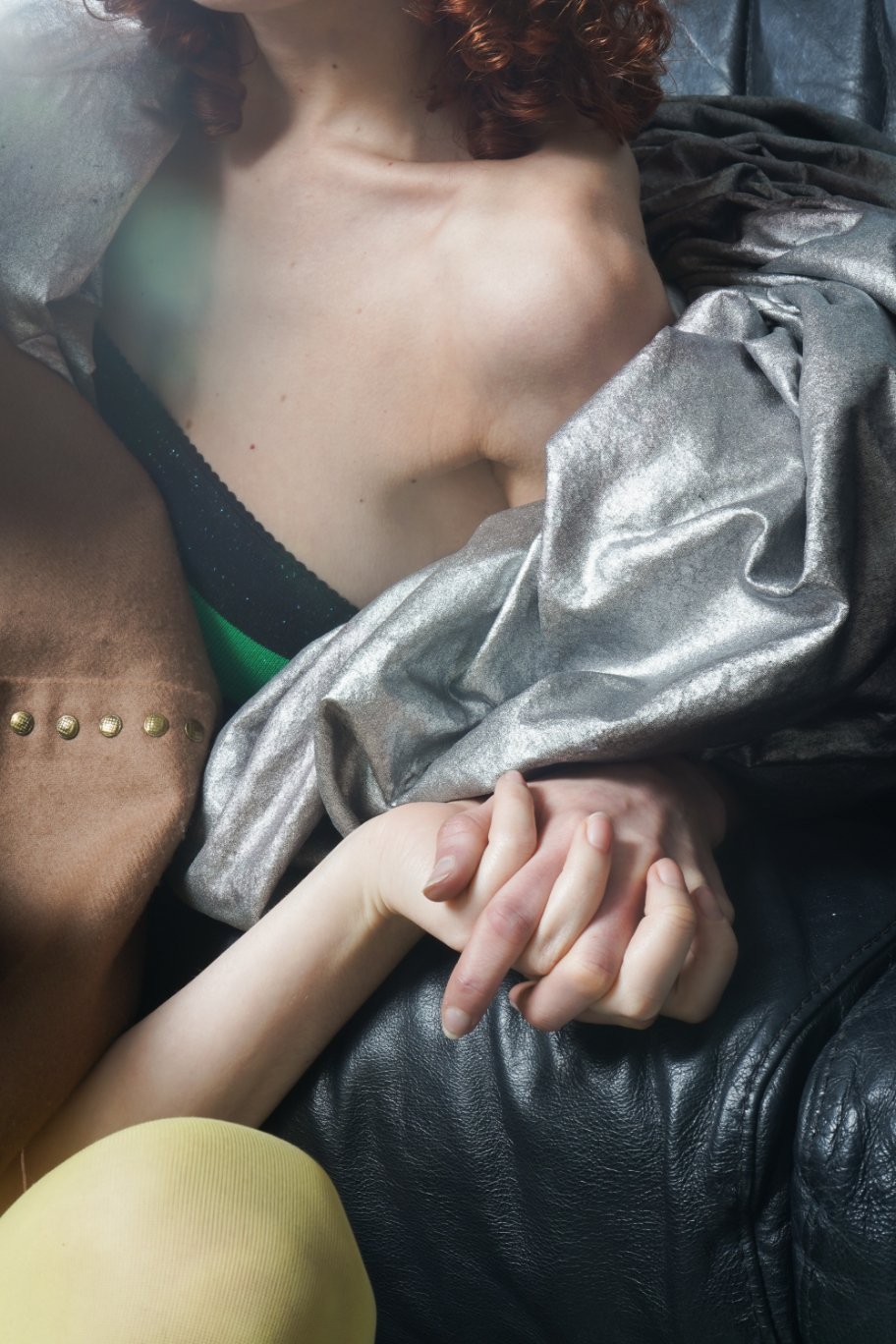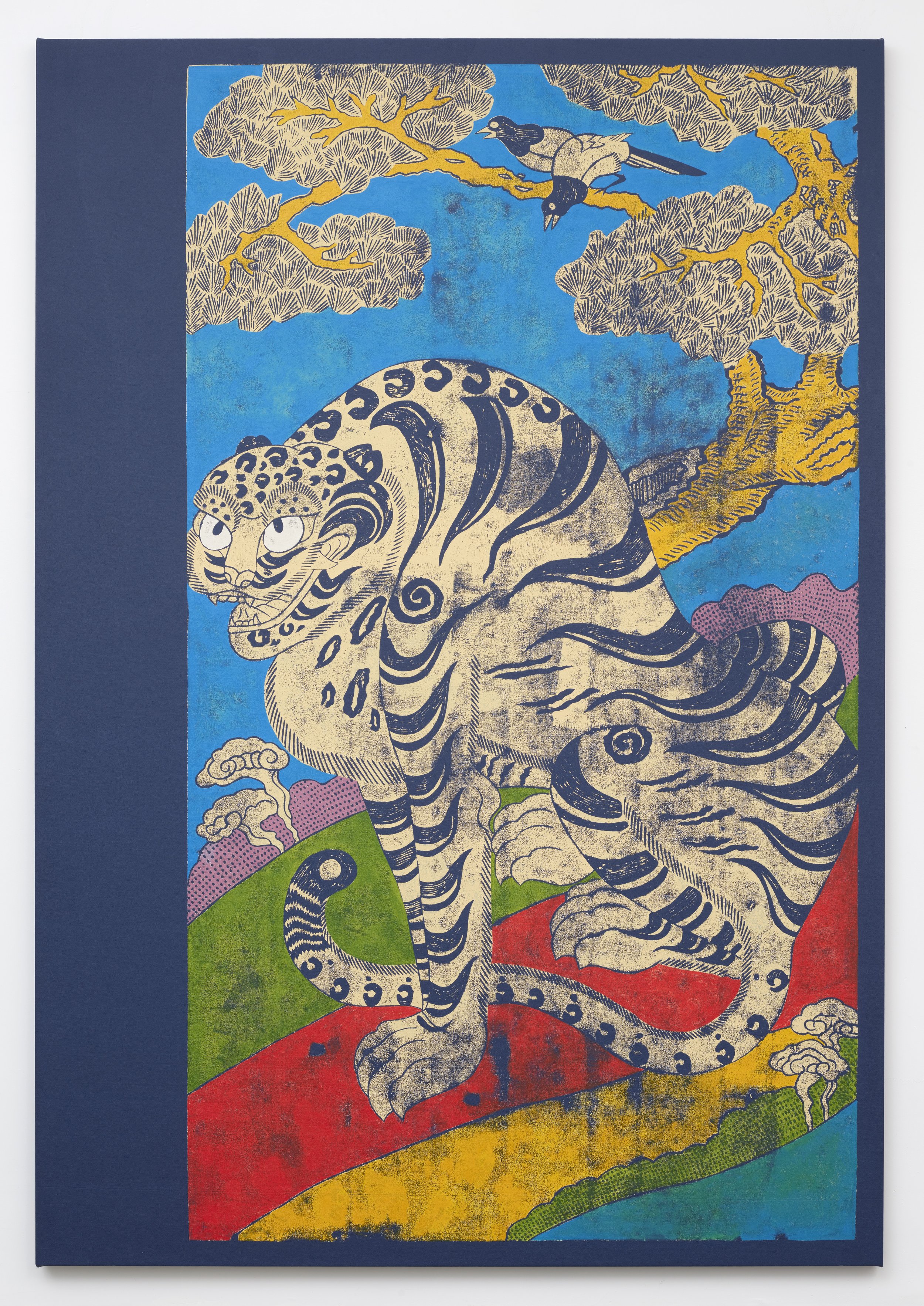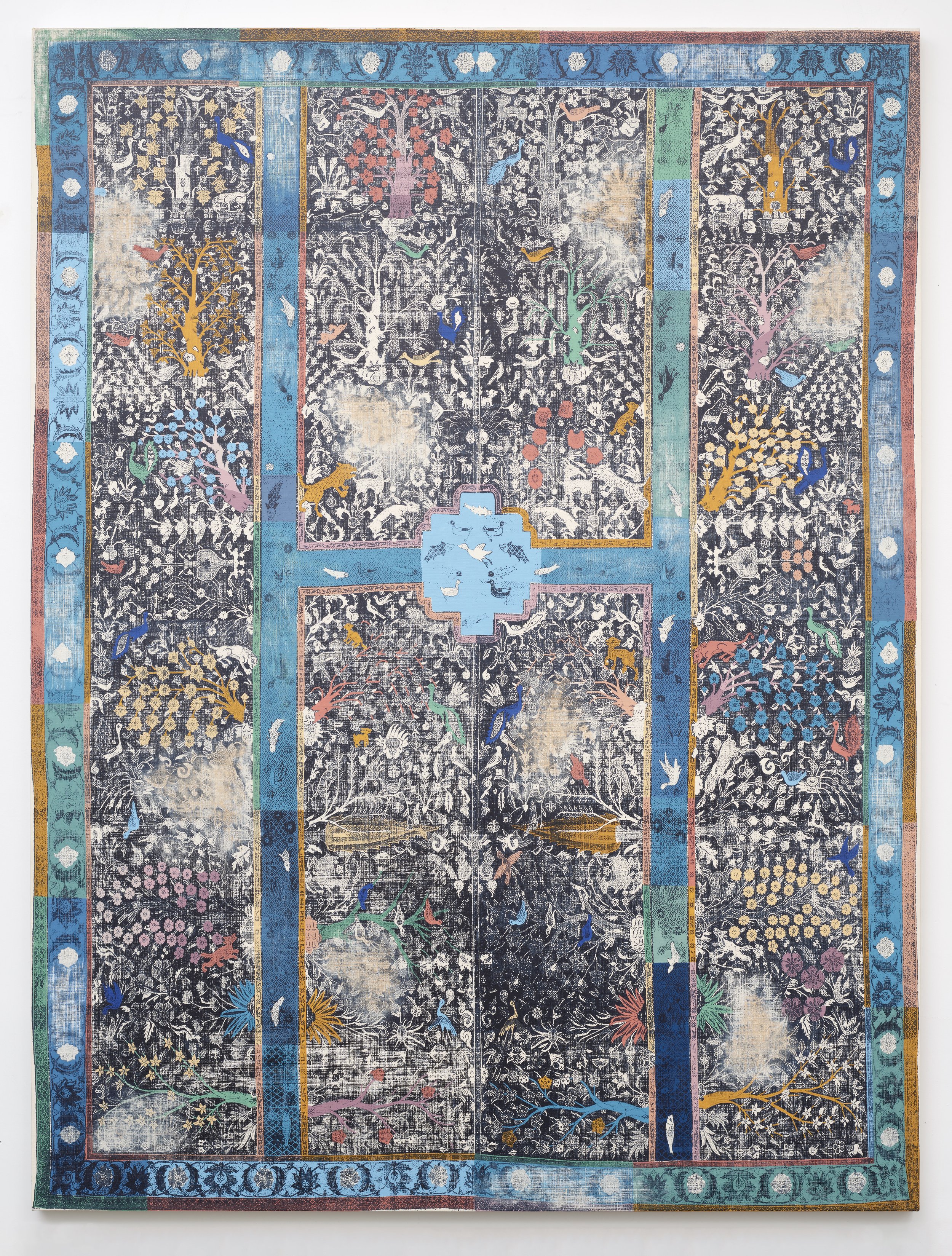Bold Tendencies, 2024 - Bullyache Rehearsal © Dan John Lloyd
text by Lara Monro
From the dark, psychologically charged paintings of Francis Bacon and Jenny Saville’s visceral reworkings of the body, to the rise of the Young British Artists in the 1990s, the UK has long fostered artists who trouble expectations and stretch the limits of form. Contemporary dance evolved within this same cultural impulse.
Emerging in the mid-20th century and influenced by American modernism and European Expressionism, choreographers rejected the rigid hierarchies of ballet in favor of movement grounded in emotion, collaboration, and lived experience. The establishment of institutions like the London Contemporary Dance School and London Contemporary Dance Theatre in the 1960s helped this shift take hold, while companies such as Rambert opened space for contemporary choreography within previously classical structures. By the early 2000s, the UK dance landscape had grown increasingly international, hybrid, and experimental. Wayne McGregor’s appointment as Resident Choreographer of The Royal Ballet, for example, was a symbolic moment that signaled the avant-garde entering the mainstream.
Today, this spirit of experimentation is (slowly but surely) being reflected in the programming of public cultural institutions. The launch of KUNSTY, a new festival series at the Southbank Centre, foregrounds this commitment, championing artists who are reshaping what performance looks and feels like in the UK.
Rather than centering traditional staged dance, KUNSTY platforms independent British and international artists working at the intersections of dance, live art, cabaret, and club culture. The work showcased is playful, political, and deeply communal, embracing forms of performance in which audiences are not only spectators, but co-participants. Autre spoke with Aaron Wright, Southbank Centre’s Head of Performance and Dance, about the motivations behind the festival, the risks it welcomes, and the kinds of encounters he hopes it invites.
Having joined the Southbank Centre only two years ago, Wright describes the launch of KUNSTY as part of a broader effort to nurture a new generation of UK artists while sustaining the institution’s evolving international program.
Cabrolé! © Jon Archdeacon
“I’ve focused on reigniting a program of international performance for our larger spaces,” he explains. “Now that it’s finding its feet, I wanted to make sure we were also supporting a new generation of British artists who might one day scale up to create larger shows here. The Southbank Centre is an engine of creativity. We have to nurture the next generation, particularly artists working in multidisciplinary ways.”
The festival’s playful title, drawn from the German kunst (art), signals a desire to attract audiences who are open to the unexpected: those drawn to work that is “a bit unusual, a bit queer, a bit arty.”
“I hope it gets people talking about the endless possibilities of performance,” Wright says. “In the UK, we often make theater in quite a conventional way. I want audiences to recognize the sheer creativity of many artists working on the fringes.”
This is clear in the festival’s programming. Cabrolé! curated the KUNSTY Cabaret Lounge in the Queen Elizabeth Hall foyer, gathering twelve of London’s most exciting cabaret performers to stage late-night, high-intensity sets. While London-based queer performance collective and club night Wet Mess blurs boundaries between performer and audience entirely, dissolving the line between stage and dance floor, and inviting those present to move as part of the work.
“Many of the performances in KUNSTY are incredibly live,” Wright notes. “They feed off the presence of the audience rather than asking them to sit passively behind a fourth wall.”
Adam Russell-Jones, Release the Hounds, 2025 © Mayra Wallraff
Meanwhile, artists such as Adam Russell Jones and Courtney May Robertson return to the UK with work shaped by their experiences within Europe’s more overtly avant-garde dance ecologies. And in a major highlight, Australian artist Justin Shoulder presents a stunning hybrid performance that combines drag, mask work, puppetry, and club ritual.
“This is the civic role of international programming,” Wright says. “To introduce audiences to work that could never have been made here.”
The festival also underscores dance’s capacity to address urgent social questions. Sung Im Her’s 1 Degree Celsius merges choreography and atmospheric data to consider the climate crisis, while Tink & Abra Flaherty’s Gen X Gen Z explores parenthood, identity, and generational exchange.
KUNSTY ultimately expands what can be seen, and who can be seen, on the UK stage. It nurtures the conditions in which diverse identities, bodies, and narratives are not only visible but central to how performance is imagined. In doing so, it reinforces the UK as a place where boundary-pushing art continues to thrive, and where movement remains a vital language for thinking, feeling, and being together.
Sung Im Her, 1 Degree Celsius, 2025 © Asian Cultural Center (ACC)
KUNSTY takes place across the Southbank Centre from Wednesday, November 5 to Saturday, November 8, with performances and late-night events unfolding throughout the Queen Elizabeth Hall and foyer spaces.















































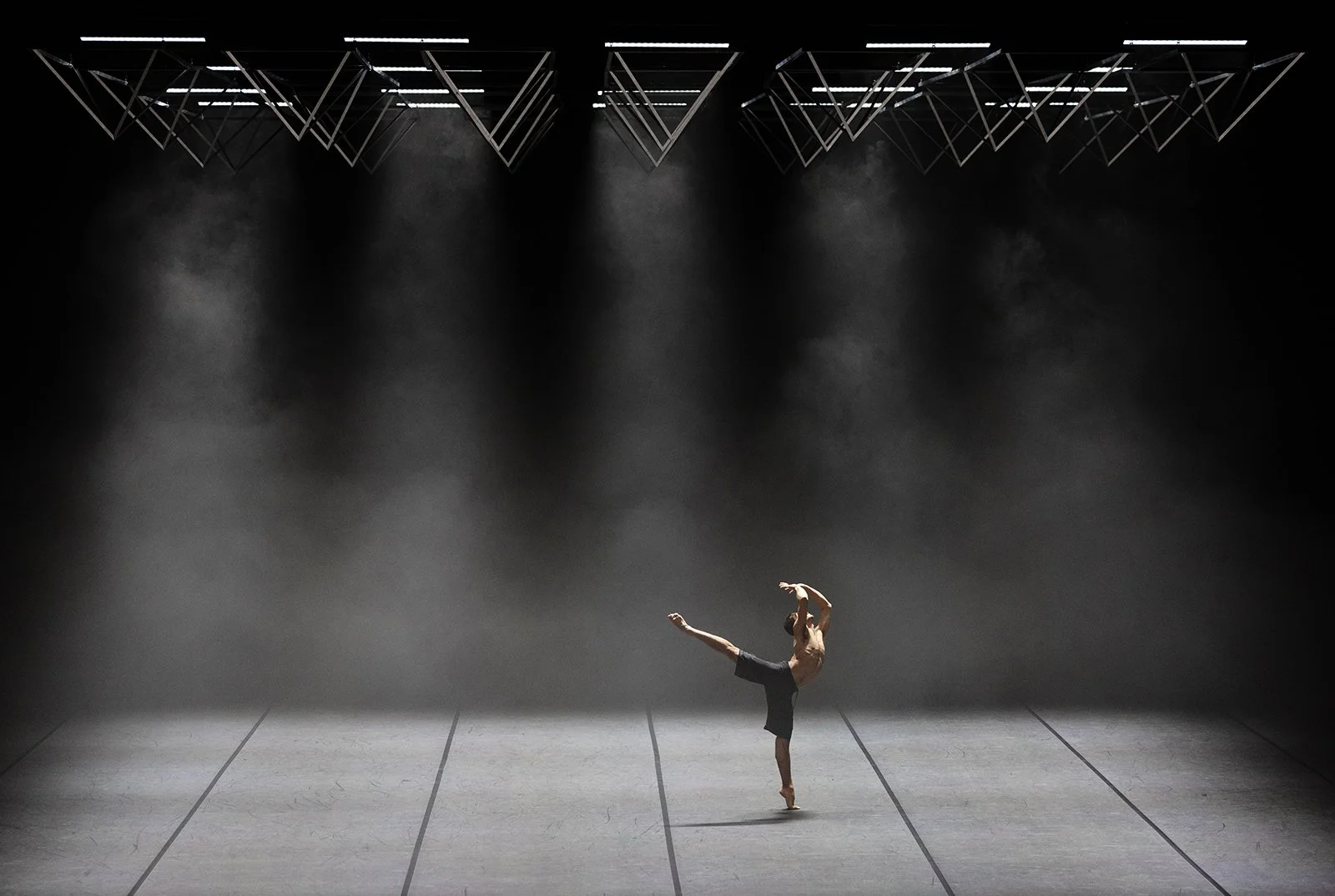





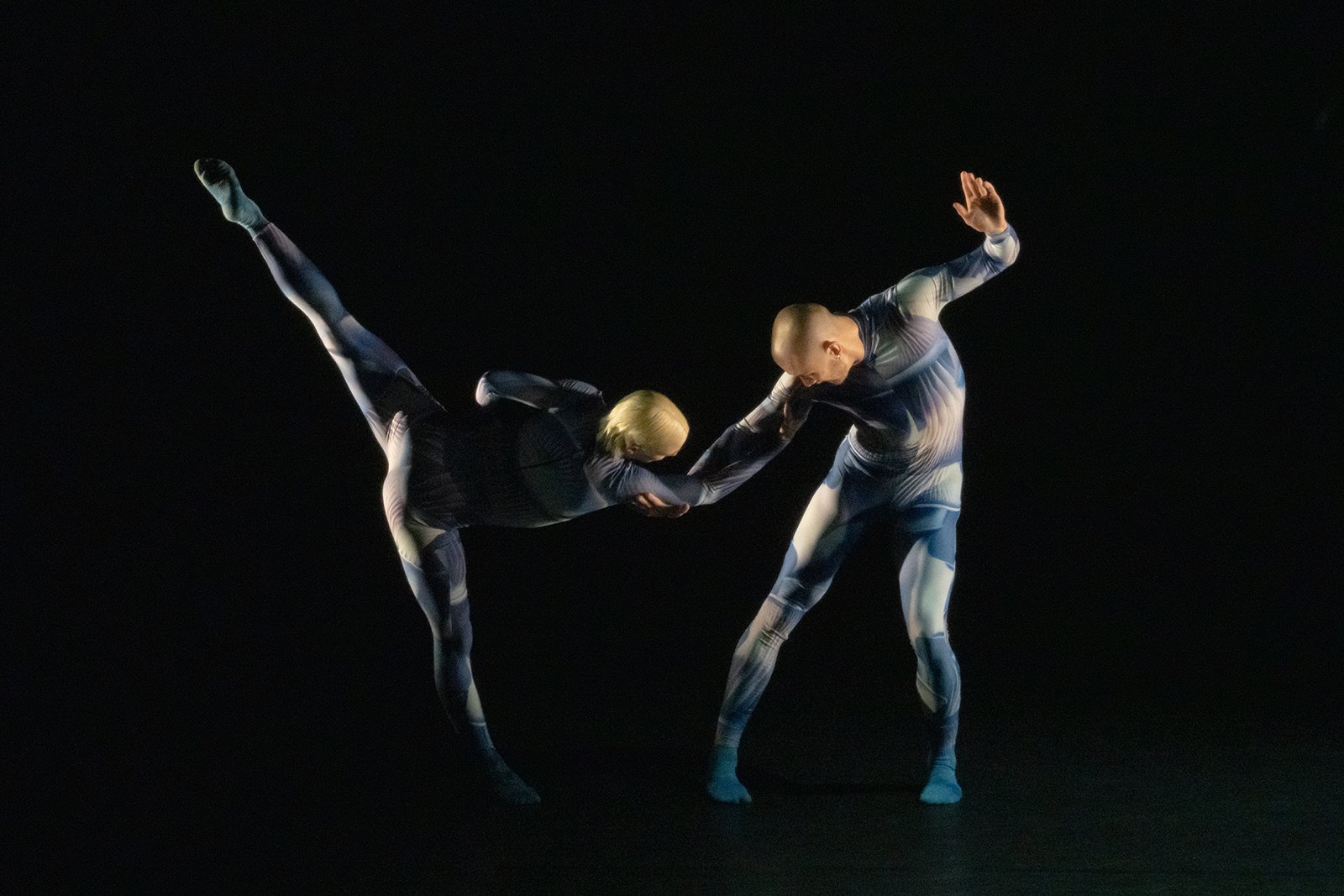












![Kahlil Robert Irving, Memorial to Labor [{Through my wonder} My memory to your labor] LOST , 2023 (installation view). Courtesy of the artist and Bold Tendencies. Photography © Damian Griffiths](https://images.squarespace-cdn.com/content/v1/544cb720e4b0f3ba72ee8a78/1690341787963-ZVOFU357HRZKJ8OPXWB4/Copy+of+LR+32+-+Kahlil+Robert+Irving%2C+Memorial+to+Labor+%5B%7BThrough+my+wonder%7D+My+memory+to+your+labor%5D+LOST%2C+2023+%28installation+view%29.+Courtesy+of+the+artist+and+Bold+Tendencies.+Photography+%C2%A9+Damian+Griffiths.jpg)
